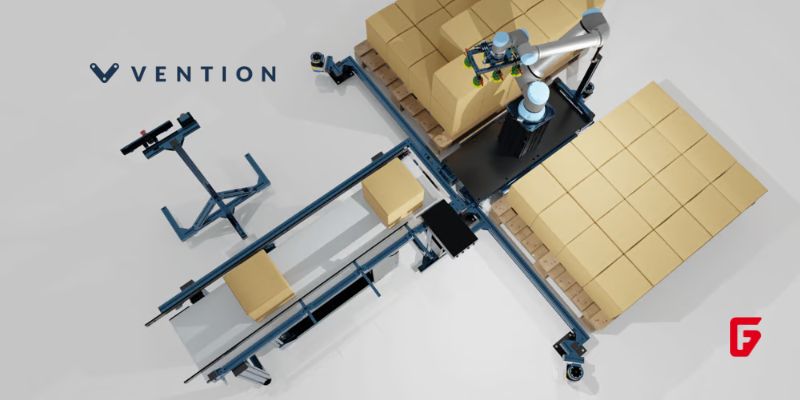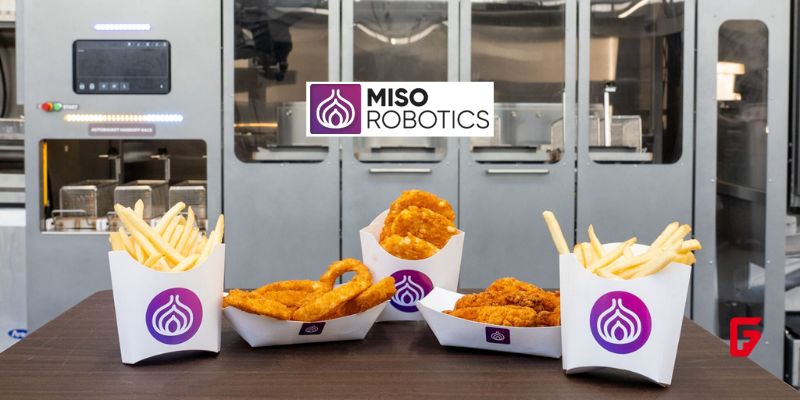By futureTEKnow | Editorial Team
The cosmos, once considered the final frontier, is now becoming crowded with space debris. As we continue to explore and exploit the vast expanse of space, we are leaving behind a trail of orbital debris that poses a significant threat to future space missions.
The issue of space debris became a significant problem in the mid-20th century as space activities escalated. The launch of Sputnik 1 in 1957 marked the beginning of the space age, and with it, the generation of space debris. The problem escalated with the development of satellite constellations, such as the Iridium constellation in the late 1990s. Since then, space agencies and organizations have been working to address the challenges posed by space debris.
Space debris, also known as orbital debris or space junk, consists of defunct satellites, spent rocket stages, and fragments from previous space missions, all of which orbit Earth at high speeds. With the increasing number of satellite constellations and space activities, the issue of space debris is more pressing than ever.
In order to mitigate the expansion of orbital debris, the FAA suggests a mandate for the removal of upper stages of commercial launch vehicles and any other elements generated during launch or reentry from orbit within 25 years following their launch. This removal can be achieved through either atmospheric disposal or repositioning to an approved disposal orbit, unfortunately, not all companies are following these guidelines.
The growing problem of space debris is not just an environmental issue but also a safety concern for astronauts and satellites and has led to a theoretical scenario called the “Kessler syndrome”.
The Kessler syndrome, also known as the Kessler effect, proposed by American astrophysicist Donald J. Kessler in 1978, is described as a single collision that could set off a chain reaction of multiple collisions, generating much more space debris in Earth’s low Earth orbit (LEO). The primary idea behind the Kessler syndrome is that as the amount of space debris in low Earth orbit (LEO) increases, the likelihood of collisions among existing debris and operational satellites also increases.
The process works like this:
Collisions: As space debris collides with operational satellites or other debris, it generates even more fragments and smaller pieces. These fragments continue to orbit the Earth, posing a higher risk of further collisions.
Chain Reaction: Each collision in low Earth orbit (LEO) has the potential to create a cascade of additional collisions. Over time, this can lead to a dense cloud of debris, making it increasingly difficult and risky for spacecraft to navigate through this region.
Increased Risk: As the amount of space debris continues to grow, the probability of future satellite and debris collisions also increases, making space activities riskier.
Escalating Debris: The self-perpetuating nature of the Kessler syndrome can result in a situation where the amount of debris in low Earth orbit (LEO) reaches a critical point, making it nearly impossible for new satellites to operate and increasing the risk to existing ones.
Each year, Earth experiences the re-entry of approximately 80 tons of space debris, a phenomenon that raises concerns about safety and environmental impact. While most of this debris burns up upon entering the atmosphere, some larger fragments can survive and reach the ground.
Fortunately, the odds of being harmed by falling debris are incredibly low, estimated at less than one in a trillion. However, the increasing volume of space junk poses significant risks to satellites and space missions, as well as to people on the ground.
As our reliance on space technology grows, addressing the issue of space debris becomes crucial to ensure both the safety of our planet and the sustainability of future space exploration efforts
The issue of space debris is escalating at an alarming rate, with the number of tracked objects in Earth’s orbit surpassing 35,000. This includes around 9,100 active satellites, while the remaining 26,000 are larger debris pieces, primarily remnants from defunct satellites and spent rocket stages. The surge in satellite launches—especially by commercial entities—has contributed significantly to this increase.
As more satellites occupy low-Earth orbit, the risk of collisions rises, potentially leading to catastrophic events that create even more debris. Current projections suggest that without effective mitigation strategies and compliance with debris management guidelines, we could see over 100,000 new spacecraft launched by 2030, exacerbating the already crowded orbital environment and increasing the likelihood of dangerous collisions.
Detecting space debris from space involves advanced technologies that identify and track objects orbiting Earth. One method uses optical telescopes equipped with specialized algorithms, such as the Hough transform, to analyze streaks left by debris in astronomical images. These algorithms filter out irrelevant elements, like bright stars, to isolate and identify debris trails.
Radar systems are another key tool, capable of detecting objects as small as two centimeters by bouncing radio waves off them and analyzing the reflected signals. Additionally, researchers are exploring innovative techniques, such as monitoring electric signals generated when debris fragments collide, which can reveal even tiny particles invisible to traditional methods.
Together, these approaches provide critical insights into managing the growing challenge of space debris.
Numerous companies around the world have risen to the challenge, dedicating their resources and expertise to the removal and detection of space debris. These 21 companies are at the forefront of developing cutting-edge technologies and strategies to mitigate the risks associated with space debris, ensuring the continued sustainability of outer space for future generations.
As we continue to venture deeper into space, the challenge of managing space debris becomes increasingly urgent. The growing number of satellites and other objects in orbit poses risks not only to current missions but also to the future of space exploration. Innovative companies and organizations are stepping up to tackle this issue, developing cutting-edge technologies for detection and removal.
Addressing space debris is not just about safeguarding our satellites; it’s about preserving the integrity of our planet’s atmosphere and the future of scientific discovery.
Founded in 2018, futureTEKnow is a global database dedicated to capturing the world’s most innovative companies utilizing emerging technologies across five key sectors: Artificial Intelligence (AI), immersive technologies (MR, AR, VR), blockchain, robotics, and the space industry. Initially launched as a social media platform to share technology news, futureTEKnow quickly evolved into a comprehensive resource hub, spotlighting the latest advancements and groundbreaking startups shaping the future of tech.

Explore how Asia leads the adoption of robot waiters and chefs. From smart kitchens to advanced AI, these innovations are reshaping dining in 2025.

As AI accelerates, its need for more data, specialized chips, power, and water is reshaping global infrastructure. Learn about the pressures and future of AI’s resource demands.

OpenAI’s ChatGPT agents are redefining how we shop and create presentations in 2025—automating purchases and building slideshows so users can focus on creativity and efficiency.

Explore Perplexity’s vision to lead the agentic AI browser revolution, redefining how users search and interact with information online through speed, accuracy, and innovation.

Vention’s Rapid Series Palletizer delivers industry-leading speed, flexibility, and modular design for end-of-line automation—optimizing operations for North American manufacturers.

Discover how Bedrock Robotics is transforming U.S. construction by upgrading heavy equipment with autonomous technology to address labor shortages, enhance safety, and boost efficiency.

Broadcom’s Tomahawk Ultra switch is redefining AI data center networking with ultra-low latency and robust scale-up Ethernet solutions, directly challenging NVLink and Nvidia’s grip on AI infrastructure. Explore why this switch is poised to power next-generation HPC and artificial intelligence workloads.

Learn how Amazon Bedrock AgentCore simplifies deploying and operating AI agents at scale, offering secure runtimes, memory, and identity tools for enterprises.

ByteDance, parent of TikTok, is developing ultra-lightweight mixed reality goggles with Pico. With a pocket processor and custom low-latency chips, these goggles rival Meta and Apple’s XR devices, prioritizing user comfort and immersive AR experiences.

OpenEvidence secured $210M in funding to empower medical research with AI agents, streamlining research for over 10,000 hospitals and 40% of US physicians.

Discover where Miso Robotics stands on its IPO journey, see current investment options, and explore what’s next for the food automation innovator.

Discover how AI is redefining the future of the workforce. From automation to entirely new careers, explore what skills and strategies workers need to stay ahead in an AI-driven economy.
futureTEKnow is focused on identifying and promoting creators, disruptors and innovators, and serving as a vital resource for those interested in the latest advancements in technology.
© 2025 All Rights Reserved.
To provide the best experiences, we use technologies like cookies to store and/or access device information. Consenting to these technologies will allow us to process data such as browsing behavior or unique IDs on this site. Thanks for visiting futureTEKnow.